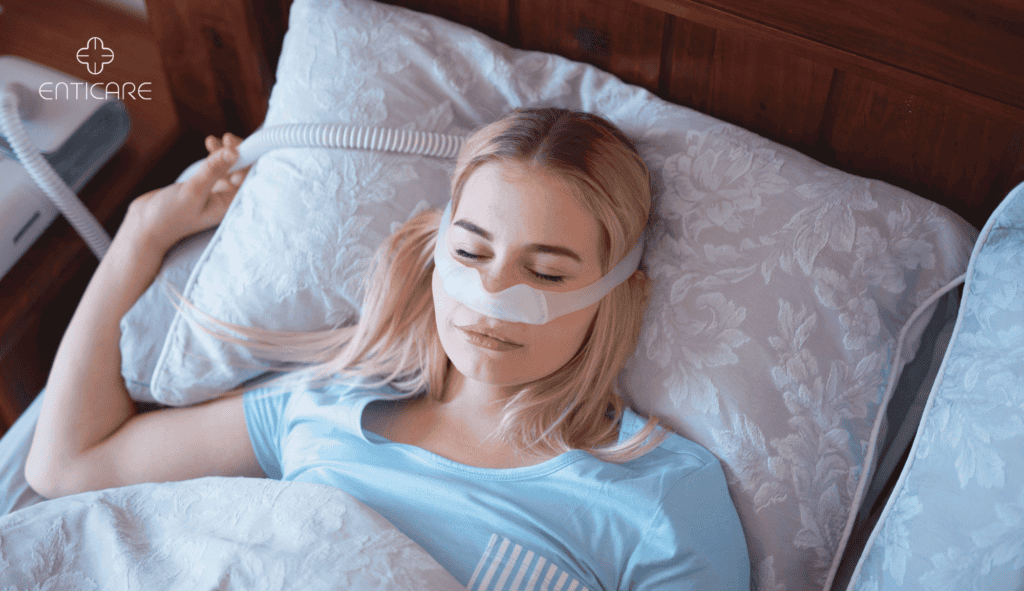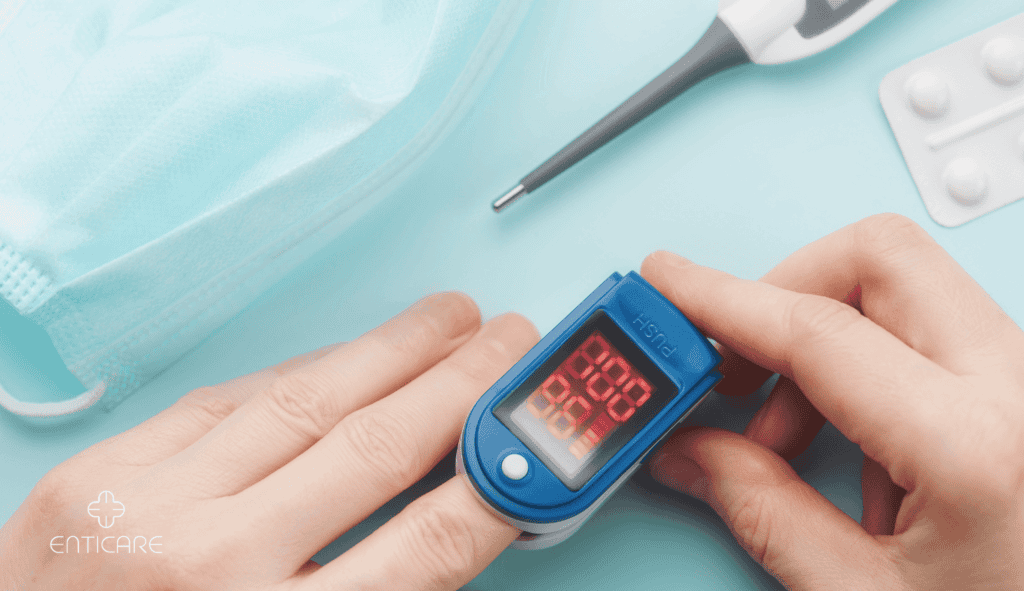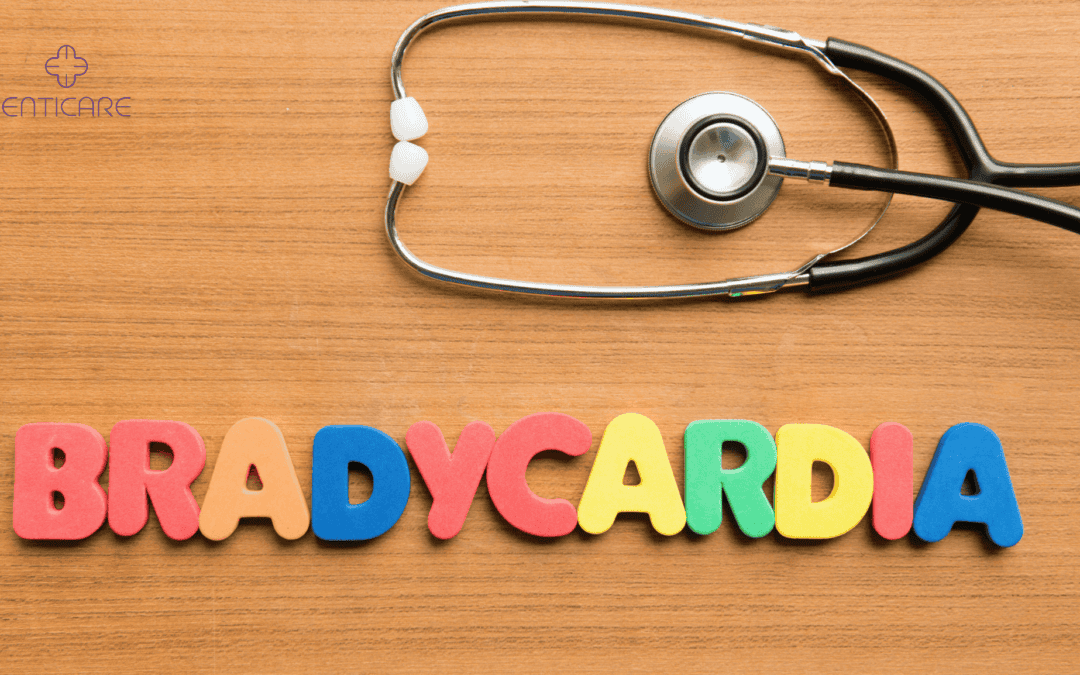Sleep apnea disrupts breathing during sleep, impacting millions of people worldwide. But few understand the hidden link between sleep apnea and a low heart rate, or bradycardia, which can have serious health consequences. This blog uncovers how sleep apnea affects heart rate, examines the dangers, and explores solutions. This guide could change your life if you or a loved one experiences sleep apnea symptoms.

Understanding Obstructive Sleep Apnea: What It Is and How It Affects the Heart
What is Sleep Apnea?
Sleep apnea is a condition in which breathing repeatedly stops and starts during sleep, leading to interrupted sleep cycles. The two primary types of sleep apnea are obstructive sleep apnea (OSA), where the throat muscles relax too much, and central sleep apnea (CSA), where the brain fails to send proper signals to the muscles that control breathing.
There are three main types of sleep apnea: obstructive sleep apnea (OSA), central sleep apnea (CSA), and mixed sleep apnea (MSA). These types fall under the broader category of sleep related breathing disorders.
Types of Sleep Apnea
Sleep apnea is a sleep disorder characterized by pauses in breathing or periods of shallow breathing during sleep. There are three main types of sleep apnea: obstructive sleep apnea (OSA), central sleep apnea (CSA), and mixed sleep apnea (MSA).
How Sleep Apnea Affects Oxygen Levels
Intermittent hypoxia and arousals are two key features of sleep apnea that can have significant consequences on cardiovascular health. Intermittent hypoxia can lead to left ventricular dysfunction, as evidenced by animal studies showing that exposure to intermittent hypoxia results in significant myocardial injury and increased left ventricular end-diastolic pressure.
Oxygen levels drop during a sleep apnea episode, stressing the cardiovascular system. With repeated interruptions in breathing, the body goes into “fight or flight” mode, releasing stress hormones like adrenaline. This reaction spikes blood pressure and strains the heart, contributing to heart issues over time.
Intermittent Hypoxia and Arousals
Intermittent hypoxia and arousals are two key features of sleep apnea that can have significant consequences on cardiovascular health.
The Heart’s Response to Sleep Apnea Episodes
Sleep apnea often causes fluctuations in heart rate, especially at night. With each apnea episode, the body experiences a drop in oxygen levels followed by a heart rate burst upon waking. These fluctuations disrupt normal heart function and may contribute to bradycardia or a slower-than-normal heart rate. Find out more about how sleep apnea affects the heart.
The Relationship Between Sleep Apnea and Bradycardia
Why Sleep Apnea Causes a Slow Heart Rate
Sleep apnea episodes can cause a vagal response in the body. The vagus nerve regulates heart rate and can slow it down during periods of low oxygen. This reflex aims to conserve oxygen, but repeated bradycardia episodes can weaken the heart over time and increase the risk of cardiovascular issues. Sinus bradycardia is a common type of bradycardia observed in sleep apnea patients.
Sleep Apnea-Induced Bradycardia and Cardiac Arrhythmia: How It Manifests
Bradycardia during sleep apnea usually occurs when the body slows its heart rate due to restricted oxygen. This response is typical during non-REM sleep, where the body conserves energy. However, repeated episodes of bradycardia from sleep apnea can stress the heart, leading to irregular rhythms even during daytime hours. Sinus arrest is another type of arrhythmia that can occur in sleep apnea patients.
The Risks of Low Heart Rate in Sleep Apnea Patients
A persistently low heart rate can lead to dizziness, fatigue, and even heart failure in severe cases. When sleep apnea and bradycardia combine, the heart struggles to keep up with oxygen demands, especially in those with underlying health conditions. These combined factors can increase the risk of stroke and other cardiovascular diseases. Additionally, individuals with obstructive sleep apnea (OSA) face an increased risk of serious cardiac events, including sudden cardiac death (SCD) and other dysrhythmias, due to correlations between the severity of OSA and markers such as prolonged QT intervals.

Symptoms and Signs: Recognizing Sleep Apnea and Bradycardia Together
Identifying Common Symptoms of Sleep Apnea
People with sleep apnea experience various symptoms, from loud snoring to waking up gasping for air. These symptoms are indicative of sleep disordered breathing. Daytime drowsiness, irritability, and headaches can also signal the presence of sleep apnea. When bradycardia appears alongside these symptoms, the combined effects can make everyday activities even more challenging.
Noticing Signs of a Low Heart Rate
People with bradycardia often experience dizziness, fatigue, and a sense of shortness of breath, particularly upon waking. In sleep apnea patients, these symptoms can feel worse after a sleep interruption by apnea episodes. Severe cases may lead to fainting or confusion as the heart struggles to supply enough blood and oxygen.
Monitoring Symptoms for Early Detection
Early detection of sleep apnea and bradycardia can prevent further health complications. Wearable sleep trackers and heart monitors can provide valuable data on heart rate and oxygen levels during sleep, helping patients spot abnormalities and seek help early. Many people find that understanding their nighttime patterns gives them the insight to take proactive steps toward their health.
How Sleep Apnea Treatment Impacts Heart Rate
Continuous Positive Airway Pressure Therapy and Its Effects on Heart Rate
CPAP (Continuous Positive Airway Pressure) therapy remains the most common treatment for sleep apnea. By keeping airways open, CPAP stabilizes oxygen levels, preventing apnea episodes and reducing the strain on the heart. Many patients see their bradycardia symptoms decrease with consistent CPAP use, leading to improved heart health over time. The effect of continuous positive airway pressure (CPAP) on reducing cardiac arrhythmias, including bradyarrhythmias, is well-documented, showing both short-term and long-term benefits for patients with obstructive sleep apnea (OSA).
Lifestyle Modifications to Reduce Sleep Apnea and Bradycardia
Lifestyle adjustments, such as maintaining a healthy weight, avoiding alcohol before bedtime, and sleeping on one’s side, can reduce sleep apnea symptoms. These changes ease the load on the cardiovascular system and help prevent both apnea and bradycardia episodes. Exercise and a heart-healthy diet can also improve overall cardiovascular health, reducing the effects of both conditions. Managing coronary artery disease can further reduce the risks associated with sleep apnea and bradycardia.
Exploring Surgical Options for Severe Cases
In severe sleep apnea cases, CPAP therapy alone may not suffice. Procedures like UPPP (Uvulopalatopharyngoplasty) or Inspire therapy, an implanted device that stimulates breathing, may help reduce apnea episodes and improve heart rate stability. These options aim to provide long-term relief from sleep apnea symptoms and associated heart issues.

The Importance of Seeking Medical Attention
Preventing Cardiovascular Complications
Untreated sleep apnea increases the risk of heart disease, stroke, and heart failure. When bradycardia joins these risks, the potential for severe complications grows. Medical intervention prevents the progression of both conditions, reducing the likelihood of severe outcomes and improving long-term quality of life. Treating sleep apnea can also prevent cardiac arrhythmias, which are often associated with obstructive sleep apnea due to mechanisms like intermittent hypoxia and increased intrathoracic pressure.
Benefits of Early Diagnosis and Treatment
An early diagnosis enables patients to address sleep apnea before it leads to more significant heart issues. Many people see substantial improvements in energy, mood, and heart health within months of beginning treatment. Addressing the root cause of both conditions can significantly improve sleep quality and cardiovascular health, offering a hopeful and motivating path toward a better quality of life. Findings from the Sleep Heart Health Study highlight the prevalence of nocturnal cardiac arrhythmias in patients with obstructive sleep apnea, indicating a direct correlation between the severity of OSA and the occurrence of heart rhythm disturbances.
Take Charge of Your Health Today
If you or a loved one experiences symptoms of sleep apnea or bradycardia, don’t wait for complications to arise. Seeking treatment improves sleep and protects your heart and overall well-being. Schedule an appointment with a specialist today to explore your options and start your journey toward better health. Click here to schedule your appointment.

